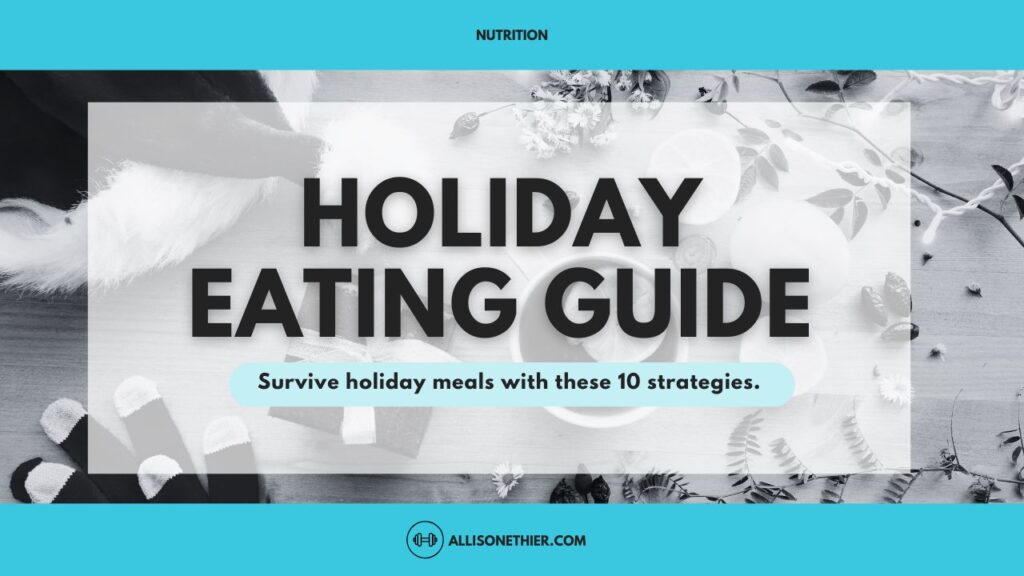
The temptation to break from your healthy eating habits is omnipresent now that the holidays have arrived.
There will always be a reason or season to put off starting to eat better or exercise more, but for some reason, the holiday season seems to be the most challenging. As social beings, the abundance of baking and attention to food at this time of year primes us to eat. The winter weather causes us to cover up more, become less mindful of our bodies, and decide not to consider indulging in a few more “comfort” meals over the holidays.
Here are 11 recommendations for flexible and mindful holiday eating. You’ll be able to keep up current physical fitness and weight loss objectives and build stronger ones for 2023 by doing this!
1 | Continue your workout regimen (as best you can)
Keep scheduling time for your workouts. If you’re short on time, consider supersetting exercises or working out earlier in the day when the gym is less crowded.
The 3-5 hours you set aside each week for yourself are still crucial to maintaining the results you’ve attained over the previous 6–12 months and are a terrific place to start in January.
Additionally, by adding muscle, any extra holiday calories can be put to good use.
2 | Emphasize Protein Intake
Building muscle and controlling hunger both require protein as a vital component. To make sure you are eating enough over the holidays, try to track (if anything) solely your protein intake. When you’re busy, protein shakes are fantastic since they stay nicely in zip lock baggies and can temporarily satisfy your appetite until your next real food meal.
3 | Think about how [insert food] affects you
Before indulging, ponder a few things.
What feelings will [insert food] cause you to have?
Do these foods support my present training objectives?
Is it possible to consume less food and still feel satisfied but not stuffed?
Aligning your food choices with your fitness-related lifestyle habits can be done by taking a brief 10-second pause to consider the impact.
4 | Live in the present moment
Not the only aspect of the celebration during the holidays is the eating.
Remind yourself that it is you, not the food, who is in control.
5 | DDD or omit it.
Do not finish the food if it does not taste drop-dead delicious (DDD).
According to science, the flavour and satisfaction of the food declines after the first bite. Therefore, the first bite is always the greatest.
That explains why the samples on the tables at Costco (or any other grocery store) are so delectable.
They give you one bite, and after that, you are persuaded to purchase a truckload of food that you will never consume, let alone enjoy.
At social gatherings, choose a couple of eye-catching goods, and taste them to prevent FOMO.
6 | Attend a gathering, mingle, and then exit
If you have to go to the event, try to get there later and depart early.
You put in an appearance, greet the host, engage in conversation, be merry, and then disappear.
You are more likely to make poor eating decisions when you are tired, exhausted, or hungry.
7 | Quick Response & Deflect
Here are some potential responses in case your friends or family inquire as to why you avoid treats at your next holiday gathering.
- Tell them about the New Year’s resolutions you’ve already started.
- Let them know you are not hungry, have already eaten, are full, or will have supper waiting for you when you return home.
- Ask them about their lives, and what’s new.
8 | Choose wisely where to spend your calories/macros
Over the two-week holiday period, pick 1 to 3 social occasions or moments to indulge.
For instance, Christmas Eve/Day, New Year’s Eve/Day, and one other event. If you have several social gatherings planned, attempt to keep things more modest, keeping in mind that these other events will take preference.
9 | Vegetable Overdose
Most social gatherings will include a sample of vegetables.
Vegetables have a high water content, low calorie count, and fibre content that can help you feel full. This can lessen your appetite for other foods and maintain a steady level of energy.
Seeing no veggie tray? Do your utmost to manage your portions. Take a few nibbles of what you find most appetising and discard anything that doesn’t taste fantastic.
10 | Distinguish internal hunger signs from how you are feeling
Holidays spent with friends and family, particularly relatives, can be incredibly stressful.
You don’t have to chastise yourself for other people’s actions. Do not self-medicate with food.
Eat when you are hungry (obsess over vegetables, protein, and some carbs), but resist the urge to eat just because it is in front of you.
11 | IIFYM – If It Fits Your Macros.
Do your best to keep track of your meals.
This will be challenging because you’ll have to estimate how much you consumed if you eat mixed items (such casseroles and stuffing).
The majority of calorie-counting apps feature a list of items you can choose from to aid in your greatest “guess.”
The goal is to consume no more than your daily allotment of protein, carbohydrates, and fat.
Even though not all the items are of the highest quality, you may still indulge while staying within your calorie and macro limits.
After all, it is the holiday season, and now is the time to enjoy friends, family, and food.
You shouldn’t just rely on your willpower to get you through the holidays. If you go into it with a flexible (but thoughtful) plan, you can attain your fitness objectives while having fun.
By approaching the abundance of holiday delicacies available at this time of year with a few sound ideas in mind, anyone can withstand it and be ready to resist temptation when it does arise.
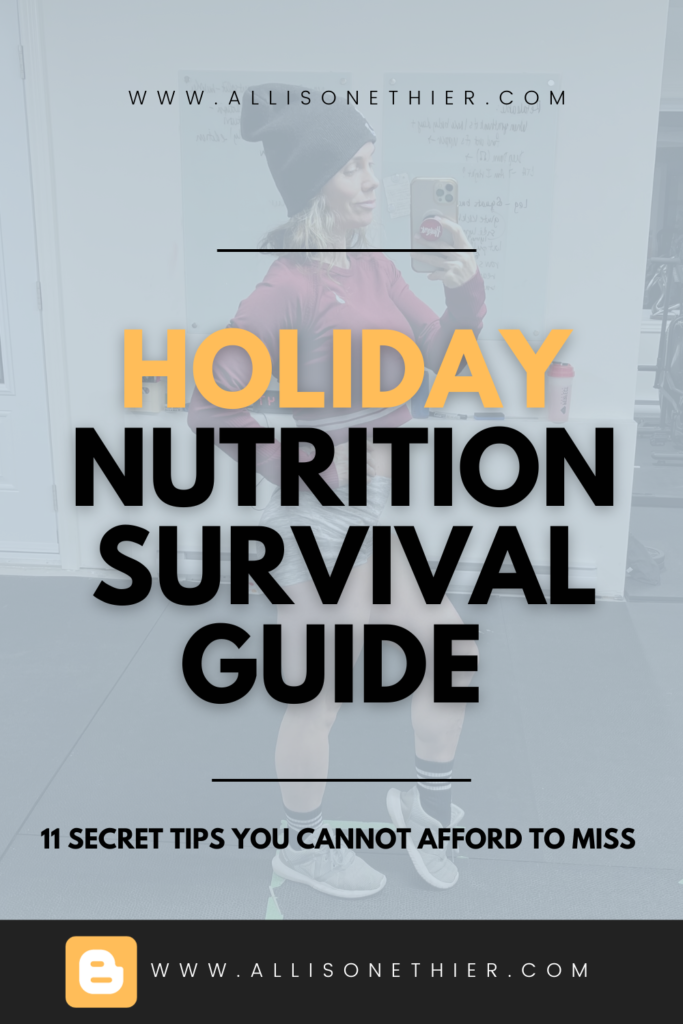
Original Posted: 11 Dec 2011
Edit/Repost: 01 Dec 2016
Edit/Repost: 24 Dec 2017
Edit/Repost: 26 Dec 2018
Edit/Repost: 16 Dec 2019
Edit/Repost: 31 Dec 2020
Edit/Repost: 24 Dec 2022

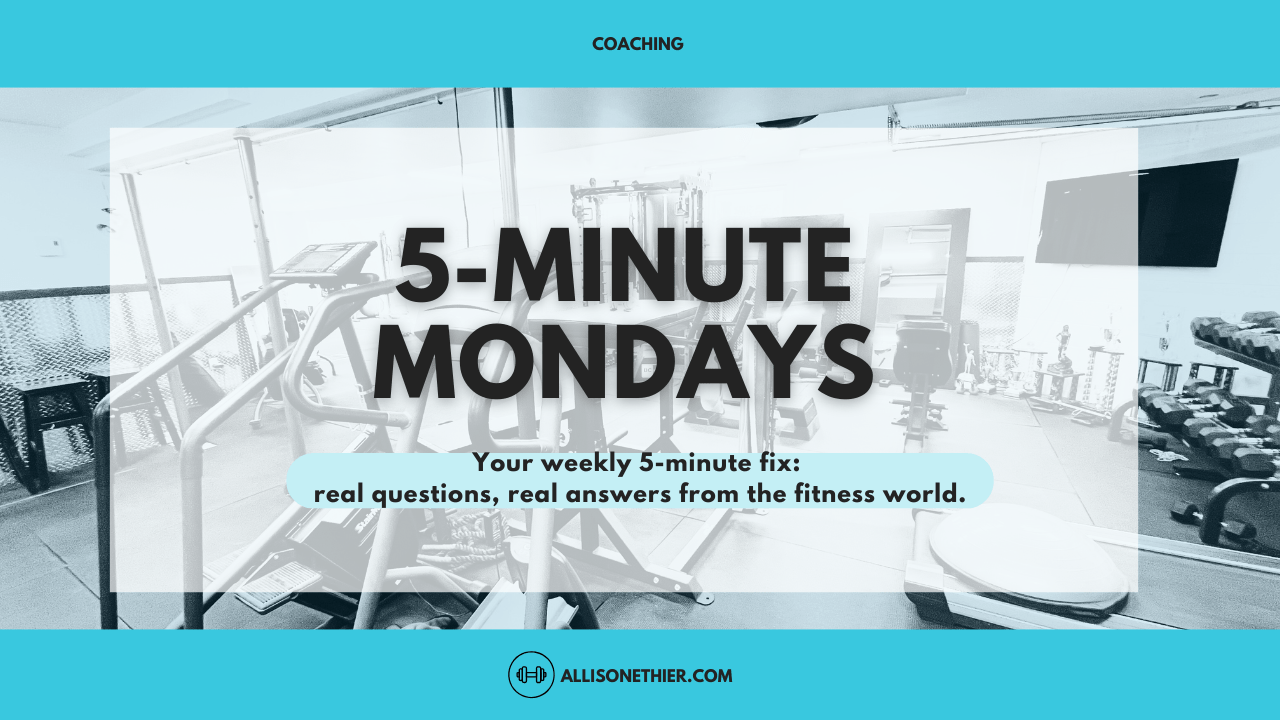
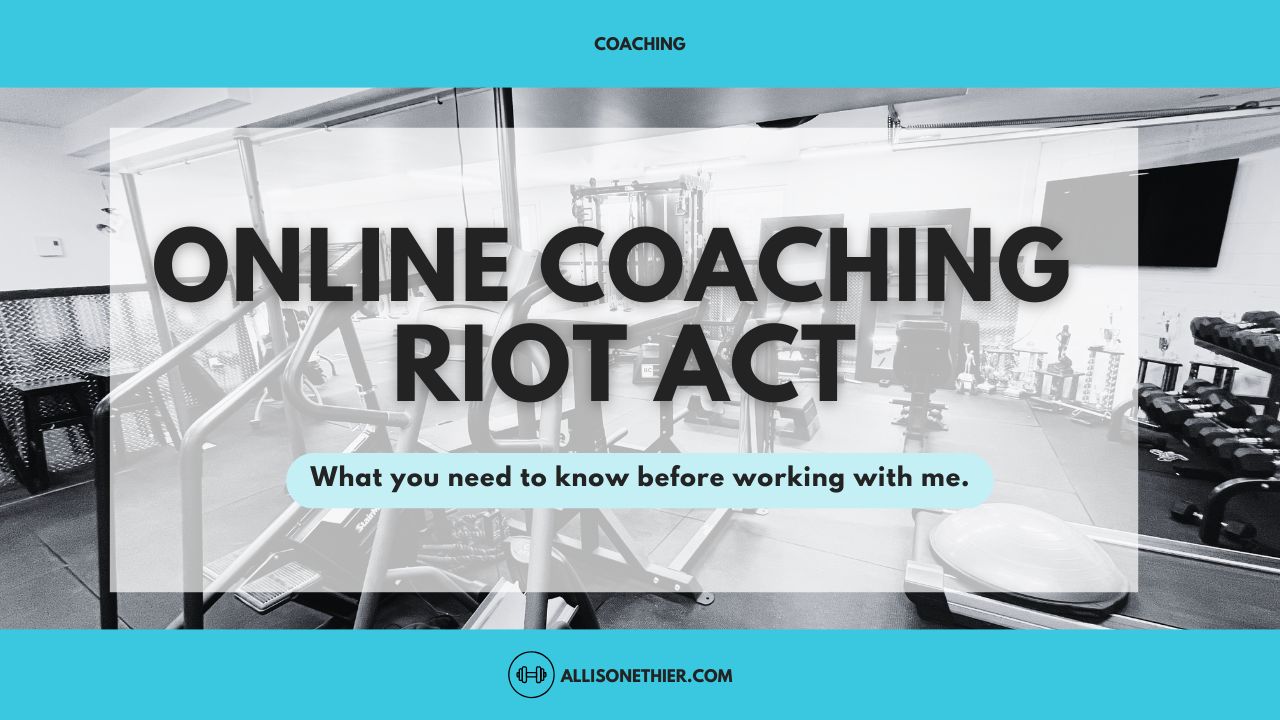
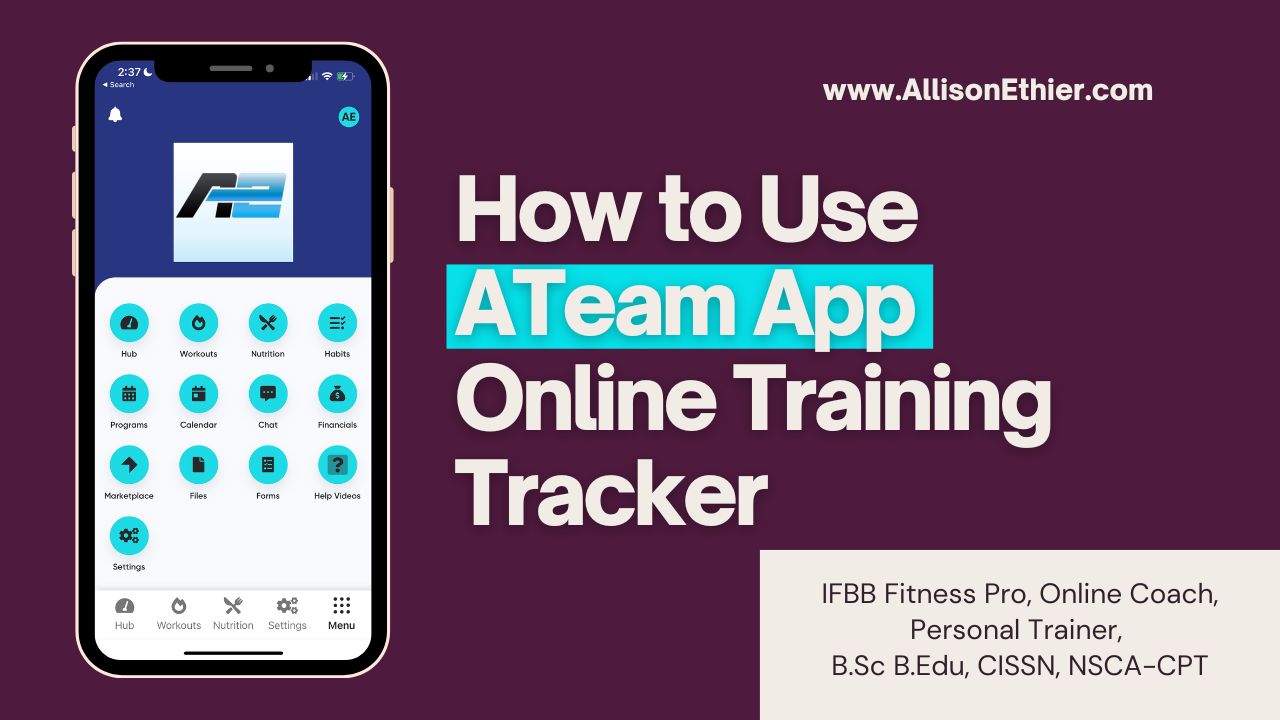
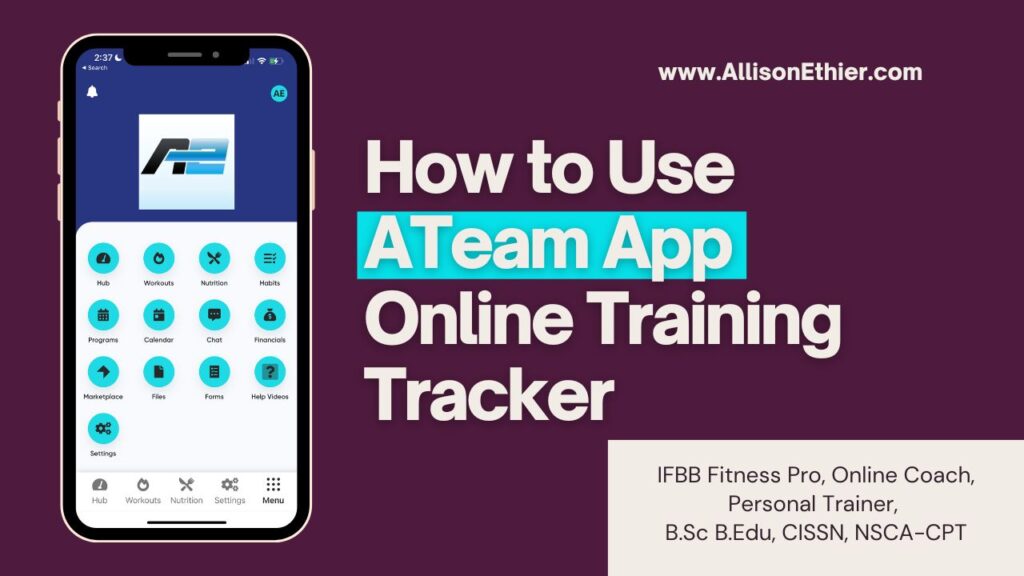


Christina Andrade-Sangster
I’m printing this!